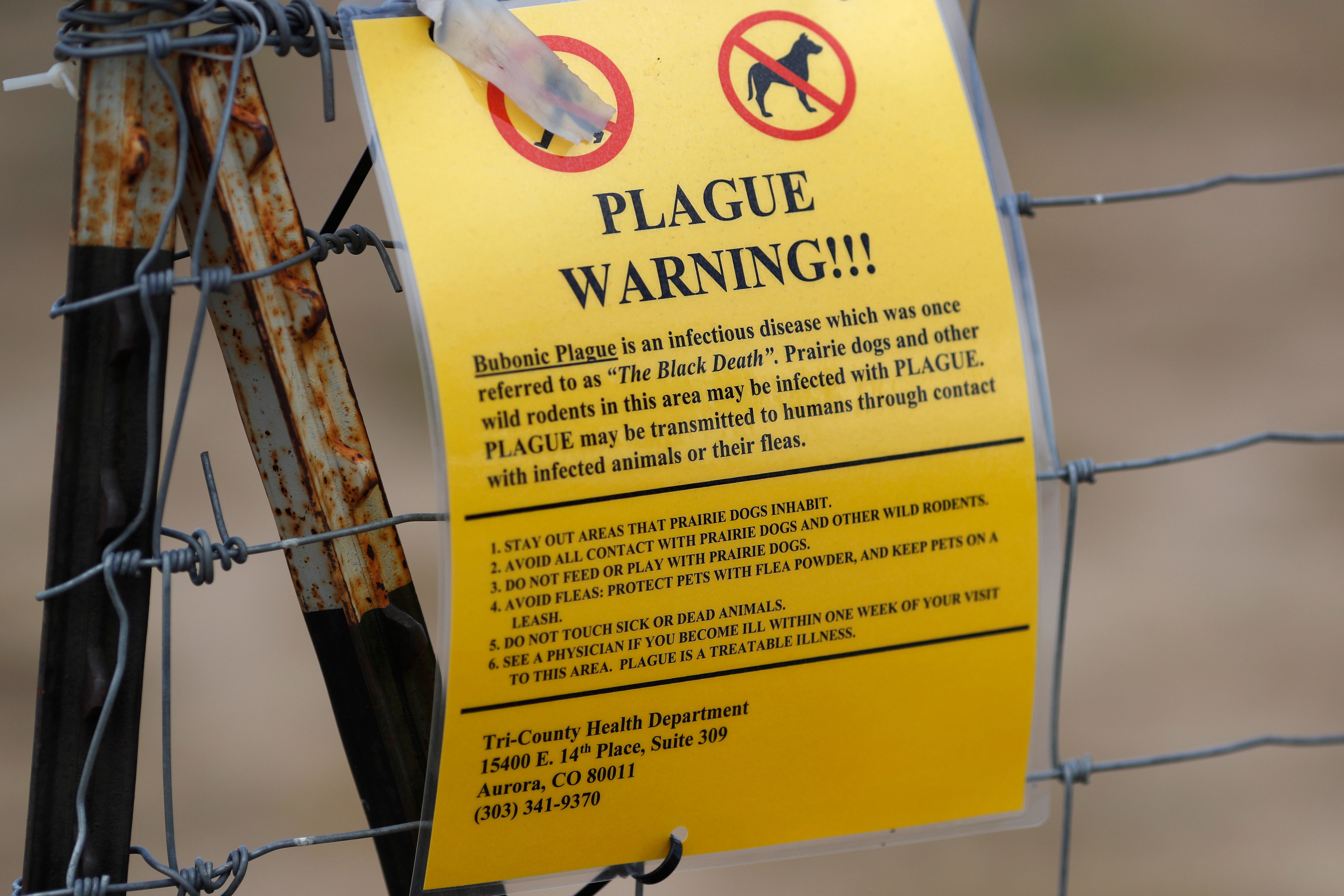Colorado health officials confirm new case of plague

Colorado health officials confirmed the patient tested positive for plague, a rare but potentially fatal infectious disease typically spread through flea bites.
The infected person is from Pueblo County, according to the Pueblo Department of Public Health and Environment.
While the plague conjures up nightmares of flea-infested rats and gloomy medieval towns filled with the dead and dying, things are not so grim today.
Plague reappears in the United States every year, but it is rare, affecting an average of seven people per year. Cases tend to increase in the summer and are often concentrated in the Southwest or Colorado.
Fortunately, modern plague can be treated with medication, although quick action is needed to avoid severe symptoms or even death. According to the U.S. Centers for Disease Control and Prevention, symptoms include muscle pain, chills, fever, severe headache, swollen lymph nodes, nausea, and vomiting.

As in the Middle Ages, plague is usually transmitted through flea bites. In the United States, rats, squirrels, mice, and other rodents (including prairie dogs) can carry plague through their fleas, which they can also pass on to pets like dogs and cats, which can then infect people.
Prairie dogs are particularly susceptible to plague, according to the Colorado Department of Public Health and Environment. Every time the prairie dog population disappears in the summer, it serves as a warning to Colorado health officials that the pest may be back.
Although the plague is rare, it can kill. Earlier this year, a New Mexico man died from the plague, although it is unclear how he became infected.
In February, an Oregon man contracted the plague from his cat but luckily survived.
Health authorities advise avoiding contact with dead animals and ensuring pets receive flea medication to minimise the potential risk of plague infection.
According to the CDC, there have been about 500 cases of human plague reported in the United States between 1970 and 2020, averaging about seven cases per year.
In the United States, bubonic plague most often appears in parts of New Mexico, Arizona, Colorado, California, Oregon, and Nevada. According to the CDC, Africa is the continent with the most cases of plague each year.
Death reports in the United States also remain very low. Between 2000 and 2020, the CDC confirmed only 14 deaths.
